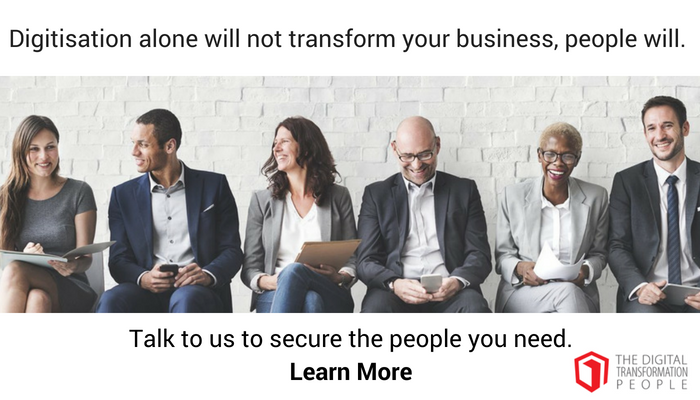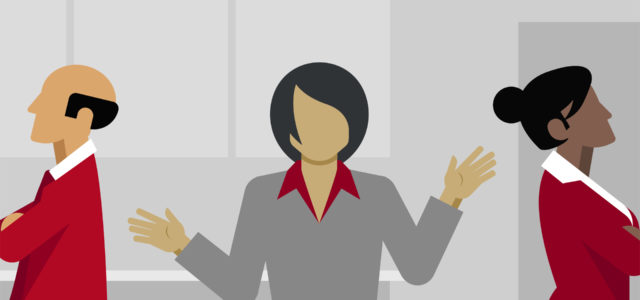For those of you who were listening to the radio and, yes, buying compact discs back in the 1990s, you may recognize the headline of this post as the title to a R.E.M song. It also depicts what innovators and entrepreneurs should be thinking in the middle of this COVID epidemic. Don’t get me wrong – we cannot celebrate as thousands of people are dying and perhaps millions are contracting the diseases associated with the Coronavirus. But at the same time, we should recognize that virtually every industry will be changed, some for a short time and some forever. And in those impacts and changes live innovation opportunities. For some businesses and organizations, this could quite literally be the end of the world. But, as Schumpeter said, there is little new creation without requisite destruction. Just in this case what is getting destroyed is outdated business models.
It’s the end of…
Well, I could make a list, but let’s look at a few examples.
Residential College
COVID is drawing attention to the high cost of residential college. If you have to pay the same price to live at home and watch your professors (or in many cases adjuncts) teach classes as you would if you were on campus and in person, then what’s campus life for? And, more importantly, since some online universities like the University of Phoenix and Southern New Hampshire University, and, yes, Liberty University, know how to educate people online, isn’t a really credible four-year online degree that costs less than say $20,000 a reality? At a time when even state universities are seeing rising costs and questionable returns on residential campus programs, COVID has exposed the fact that there are a lot of overhead costs and inflation in the system that aren’t adding value.
Physical retail
Already under great strain before COVID, most retailers are facing a really difficult time because no one wants to go into stores, everyone can compare products and prices online and can often get a better price online. Plus, free shipping. The future of retailing will focus on very narrow niches, luxury items and goods that require a lot of in-person choice. The larger and more diverse the retailer – with perhaps the exception of Wal-Mart or Target – will come under tremendous pressure. Thanks to Amazon, you may be a bit late to this opportunity, but contrary to what many believe, Amazon still controls less than 5% of retail sales. There is an opportunity in online retailing still.
Fashion
Where will fashion go, when we can all work from home in our pyjamas? Of course, we won’t all stay at home forever, but as many fashion trends go, I think that many people will question why they spend so much on clothes, whether they go to work or stay home. Just as fashion trends evolved – for example, men wore hats quite frequently in the 30s, 40s and 50s, only to move to a more hatless approach in the 60s and 70s – we will see new fashion trends and opportunities emerge. One I am waiting for is the integration of the face mask into our fashion. Just as the cravat and necktie have evolved over time, I think we’ll see some morphing of the mask into a component or regular aspect of a garment. Not to mention that gloves for both men and women may come back into fashion, for health reasons if not for appearance.
Fancy dining rooms and large entrance ways
If we are going to be spending more time at home, we will be spending more time on the house and more specifically the outfitting of the home. More homes now need more office like equipment, more places of solitude for people packed in at home, and less formality and more usability. We’ll do more cooking at home, we’ll consume even more content at home, and we may even bring back an idea from the 1960s and 70s – the wet bar – so we can mix our own drinks at home and pretend we are visiting the location establishment. We already know that alcohol consumption is up during the pandemic, so many people may be developing man caves or locations in the house more conducive to making, mixing and drinking all that alcohol.
There’s a huge opportunity for …
Disease prevention
I saw a photo of students walking on campus at UNC in a medieval getup, dressed like plague doctors with long robes and a mask that included a beak. While we may not go this far, I think there will be many products and services that address how to prevent the transmission of the disease. One idea, in particular, is a box at home, just outside the front door, to receive packages. You may be thinking to prevent theft – which it could do, but I was thinking of a box equipped with UV light or some other means of disinfecting the box before it comes in the house, or wrapping shipping boxes in some sterile wrap or fabric to neutralize anything on the surface.
I think there may be a demand for products and services that help us transition from “outside” the house – whether that’s people or equipment or purchases – to inside the house, much like astronauts returning to Earth.
There will be an opportunity for more interactions to go “touchless” – for example, why can’t I speak to my ATM rather than have to touch all the buttons that thousands of other people have touched? Our aversion to touching surfaces in restaurants, ATMs, restrooms and so on will be far more profound than it is today, and there will be a lot of opportunities to address this. Already we have touchless faucets and towel dispensers in restrooms. Can touchless ATMs and gas pumps be far behind?
Medical services and information delivered beyond the doctor
In just a few years, you’ll spend far more time at the pharmacy than you will at the doctor’s office. First, that’s because going to a doctor is difficult and expensive, and increasingly many tests and simple procedures (flu shots) are available in the pharmacy. As more and more tests become commoditized, WalGreens, CVS and others will be your first stop in the healthcare system. And, since they have all the food, vitamins and health supplies right there in the store, you will often save a trip. Insurance companies will encourage this because the services will be delivered in a low cost way, drug stores and pharmacies will see this as a loss leader to get you in to offer you products at higher margins.
In the midst of uncertainty is opportunity
I’ve just touched on a few ideas, but with the right incentive and good problem spotting, I think we’ll see a wealth of new product, service and business model ideas emerging in the fall. Some will solve the problems that are current, and some will identify trends and solve for shifts in consumer behavior and sentiment. For example, when I received a “phone washer” as a gift a few years ago, I chuckled. A nice gimmick but I rarely used it. Since COVID, my wife and I use it every day.
What’s even more interesting is that there is a fair amount of money out there looking to invest in good ideas. The time is right for innovation, and innovators who can spot ideas and bring good solutions to market will have a good opportunity. Strange as it may seem, this is a great time for innovation, however, I think only entrepreneurs and smaller organizations will be able to take advantage of the window. Larger firms are simply trying to understand what’s happening and cut costs to stay in business.
Article by channel:
Everything you need to know about Digital Transformation
The best articles, news and events direct to your inbox
Read more articles tagged: Featured, Future of Work









